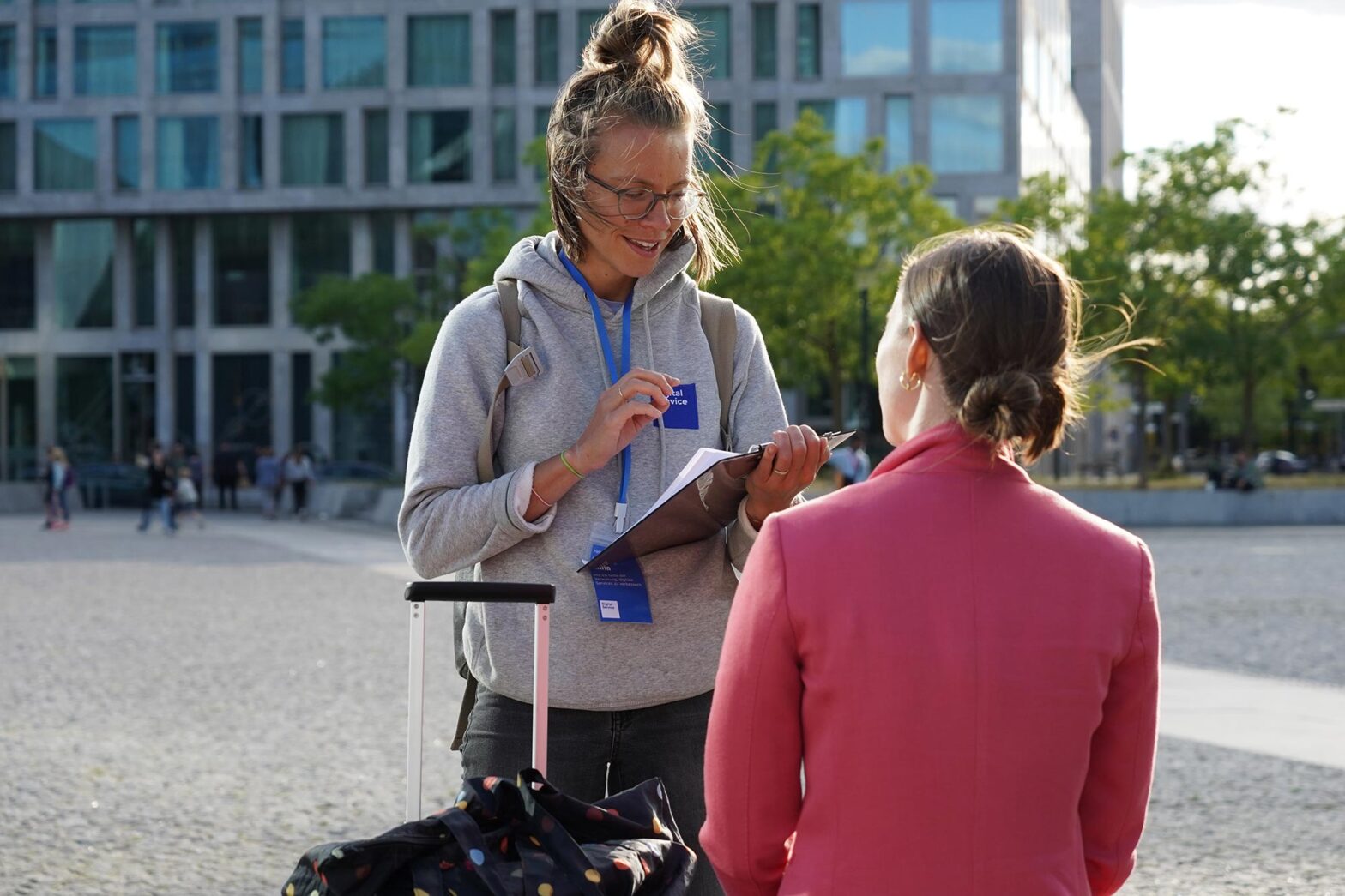For weeks, I kept mentioning our second user-centred design blog post. I finished writing it 2 weeks ago, and we finalised editing it last week. We published it on Tuesday instead of the previous Friday to increase the impact.
A few designers contributed significantly, so my colleagues Carina and Charlotte got a co-author credit. I think growing the teams’ visibility and the efforts of individuals are fundamentally important. So I want the next design blog posts to be written by anyone in the design team but me.
At about 1,900 words, this blog post turned out quite long, to be fair. A colleague commented on that, too. In my old UK government blog editor role, I would have sent the authors back to the drawing board. However, given the German government’s state of design and how nonexistent guidance is, I sense we need to start with some longer pieces to lay the groundwork and then get to shorter pieces soon. That should also lower the bar for people who feel less routined with writing and publicly sharing their thoughts and work. We might also want to start translating a few posts, including this one, now that the English version of our website is live.
So far, we have lacked pictures and photographic documentation of our user research activities. Now, I could take some decent shots for the blog post – both from the pop-up testing we did a couple of weeks ago and the usability testing this week. Over time, I want us to replace all stock images in internal and stakeholder-facing presentations and move to an open photo library like GDS is operating it.
As mentioned a few weeks ago, we ideated dozens of blog post topics and have a few more in the making. So I will further step into the editor role and ensure we keep them coming.
Spending time with users
As this second blog post is all about learning from users about their needs, contexts and current pain points, the last couple of weeks were helpful.
On Thursday, one of our teams had 6 participants come to the office for on-site usability tests. They tested a new flow, and things mostly went well. The team was able to iterate on the spot and make changes between the two sessions. The whole team was involved and lived through some tension while watching a person go through some crucial parts of the new flow.
The data covering Thursday’s test went straight into the our user research data base and up on the dashboard. Eventually, I didn’t have any suitable photo of it for the blog post but did tweet one at least.
On Friday, I could spend a few hours with another user of our services: my father – as he had to make his property tax declaration anyways. He was not aware of the tool developed by the Digital Service for the Federal Ministry of Finance as it received relatively little promotion from local tax offices. He had received an offer for an extension and upgrade from a commercial tax tool he had used for many years.
I intervened and suggested he look for other options to make his declaration.
It took quite a while as my father went through digitised documents on his connected hard drives and paper folders in the basement. We spent around 2 hours with the online service while I mostly remained observing, asking him what he thought and would want to do next – speaking out loud as much as possible. His verdict at the end was favourable.
I finished my multi-week passport renewal journey in my hometown on the same day. As my case was more complicated, I got to talk to a senior public servant in my hometown’s citizen centre. With the looming December 2022 deadline for Germany’s online access law implementation, where all government services are supposed to be available online, I asked about its likely success.
Popular German politics podcast ‘Lage der Nation’ (state of the nation) discusses the current form of digital government in Germany this week, too. The episode ‘no further questions’ is the first part summarising 6 months of desk and in-field journalistic research. And it very much mirrors what I have seen in recent months. There is a range of structural, political, and cultural blockers it touches on, which seem more difficult to overcome than anticipated.
What’s next
We are looking into some of these blockers as part of our mission review work. And I will be working remotely again next week, which means I have a few hours for deep work on a train across Europe.

